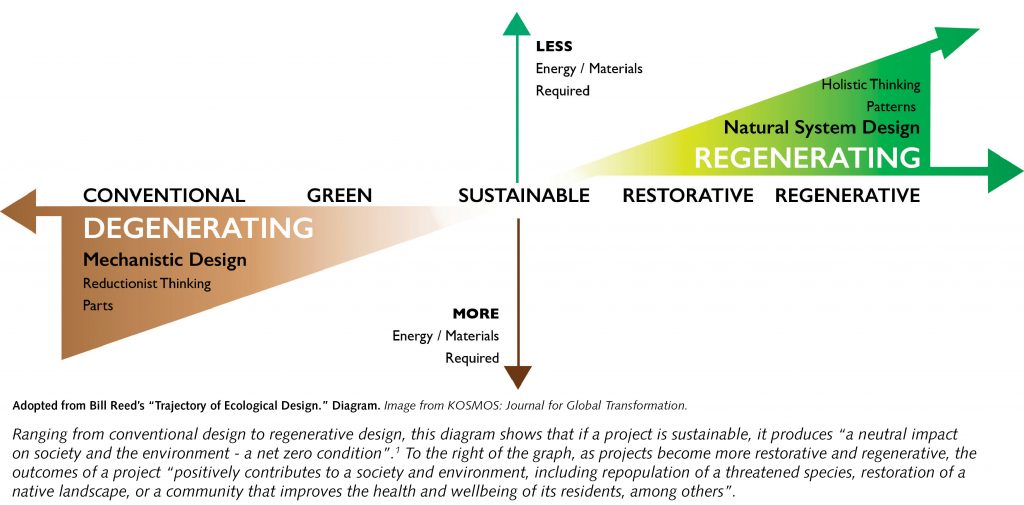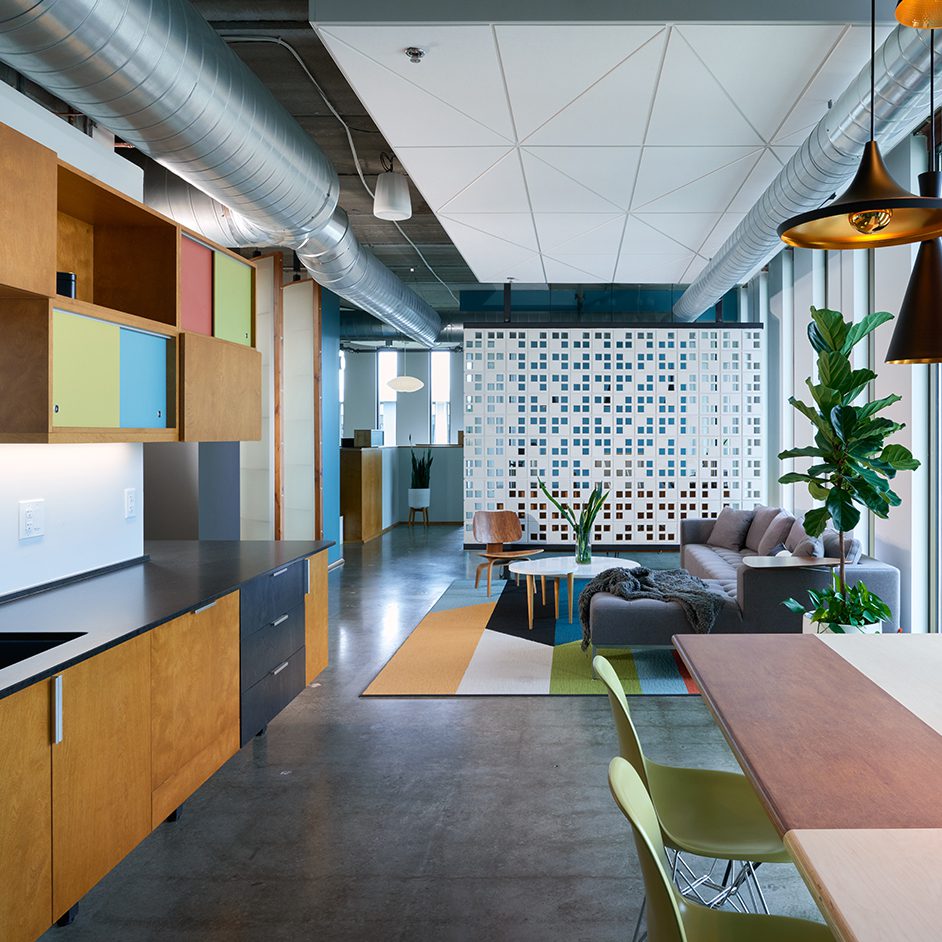
Right: Aerial photo of the Pastoret Terrace. This is how the building looks today after it suffered through a fire in 2010. Image from Duluth News Tribune.
Phil is a Historic Preservation Specialist and Project Manager at LHB who joined the Integrative Design Team in 2013. With over 18 years of experience, he specializes in building investigations, material research, and construction methods. At LHB, some of his responsibilities include project management of historic preservation projects, performing building condition surveys and analysis, writing preservation specifications, conducting historic design reviews, writing Historic Preservation Tax Credit applications, preservation planning, and grant writing.
LHB Blog: Many conversations within the design community are shifting towards using terms like “resilience” and “regenerative design” rather than the term “sustainability”. At LHB, our goal is to move our projects beyond “sustainable” and toward “regenerative”. To do so, LHB has recently been developing a framework called Thrive to track the progress of all LHB projects in the categories of climate, wellness, water, resources, ecology, prosperity, and community. To gain a better understanding of the relationship between historical preservation and regenerative design, I wanted to ask what does regenerative design means to you?
Phil: I was going to ask you, what do you think regenerative design means?
L: For me, what comes to mind when making a comparison between these terms is the diagram created by Bill Reed from Regenesis Group. Here, sustainability finds itself at point zero, but regenerative design shifts us into a new realm where design is able to give back to the environment and improve ecosystems, landscapes, and our urban fabric.

P: Is it energy only? Is it culture?
L: It’s far more than just energy, and in my eyes, it does include culture.
P: I agree. Regenerative design needs to somehow give back to its environment, in more ways than just in energy. It means culturally too, and taking from the Living Building Challenge, it means beauty and equity; those are the things that I think can be inherent in preservation. The tough part is that sometimes preservation uncovers history that we aren’t proud of. There are monuments, buildings, and places where our society did some horrid things. How do you utilize historic preservation to tell those stories? This is an extremely difficult area to get into.
L: I think the cultural aspect is extremely intriguing and is often overlooked. I came across the Whole Building Design Guide’s Design Objectives for historical preservation, and I wanted to read you this quote from the United Nations global report on Heritage and Resilience that talks about the importance of culture, social cohesion, and resilience:
“The symbolism inherent and heritage is a powerful means to help victims recover from the psychological impact of disasters. In such situations, people search desperately for identity and self-esteem…”. “Heritage contributes to social cohesion, sustainable development, and psychological wellbeing. Protecting heritage promotes resilience.”
L: I think that many of us think of resilience in terms of disaster relief design, so I think this quote brings a lot of light to what the word resilience truly means. What are your thoughts on this?
P: That quote is fantastic, I completely agree.
I think that our sense of place is so intricately tied to who we are. If you go to a city like Chicago, Illinois, you want to feel like you’re in Chicago. Whereas if you were to go to a suburb of Houston and see rows of Lowe’s and Home Depots with the same building typology, it would be the same as what you would see in Burnsville, MN. In the types of developments that are spurred by the interstate mentality, there’s no distinct idea of where they are in the greater scheme. We are losing all these small downtowns because they’re being usurped by these interstate developments that really have no sense of place. As a preservationist, you’re saving the physical piece that ties us to our cultural history.
But again, sometimes an unsettling part of our history is unveiled, which is a hard thing to reconcile. Currently in Duluth, a wonderful historic building, Pastoret Terrace, is about to be torn down.2 This building started out as high-end apartment flats for wealthy people in the turn of the century and for the last 60 to 70 years, it’s been a flop house with a bar and people have started to identify the place as disgusting, even though the building itself is beautiful. I believe that it would be more powerful to turn the community’s memory around and make it a place that’s used, celebrated, and promotes the wellbeing of people. Unfortunately, decades of neglect and a fire ravaged the building, making the economics of redevelopment more difficult than normal. After an attempt to find a suitable developer failed, they’re looking to tear it down – and the result will be that Duluth will have a really nice flat empty lot.
So, for me, culture is really important. It’s difficult to save anything more from cultures besides physical vestiges. We’re bad at saving our languages and celebrating our heritage beyond a few days here and there. That’s why buildings can be that. If we keep them, we can at least look back at them.
1 Bill Reed, Regenesis Group; Jason Twill and Pernille Christensen, University of Technology Sydney. “Moving Beyond Green: Towards Regenerative Development”. The Fifth Estate. 10 May 2018. www.thefifthestate.com.au/columns/spinifex/moving-beyond-green-towards-regenerative-development/
2 Dierckins, Tony. “Local View: Embracing preservation only when convenient.” Duluth News Tribute. August 18, 2018. https://www.duluthnewstribune.com/opinion/columns/4487696-local-view-embracing-preservation-only-when-convenient
3 “Pastoret Terrace Timeline”. Duluth News Tribune. June 9, 2013. https://www.duluthnewstribune.com/content/pastoret-terrace-timeline


